#ethnography
Text


Today is Sant Jordi (Saint George's Day), one of the most beloved traditional holidays in Catalonia ❤️ the day of literature, love, and the Catalan language.
In these two images, you can find an explanation of this tradition. The first photo is an auca, a way of explaining stories with drawings and rhymes that is traditional from Catalonia and has been very popular between the 1600s and the 1930s and to a lesser extent still done nowadays.
I wish everyone a happy Sant Jordi with lots of books and love, and in a time when the right-wing furiously attacks our language and culture, a day of fight for Catalan language and literature.
#sant jordi#tradicions#catalunya#catalonia#culture#cultures#saint george#travel#europe#ethnography#world cultures#world book day#books#bookblr#reading
111 notes
·
View notes
Text
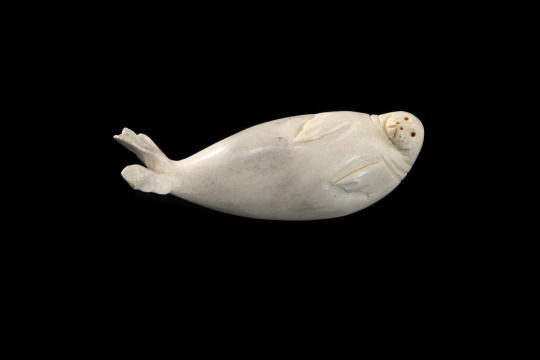
UNIDENTIFIED ARTIST
LOUNGING SEAL
antler, 1.25 x 3.5 x 1.25 in (3.2 x 8.9 x 3.2 cm)
unsigned.
First Arts
10K notes
·
View notes
Photo


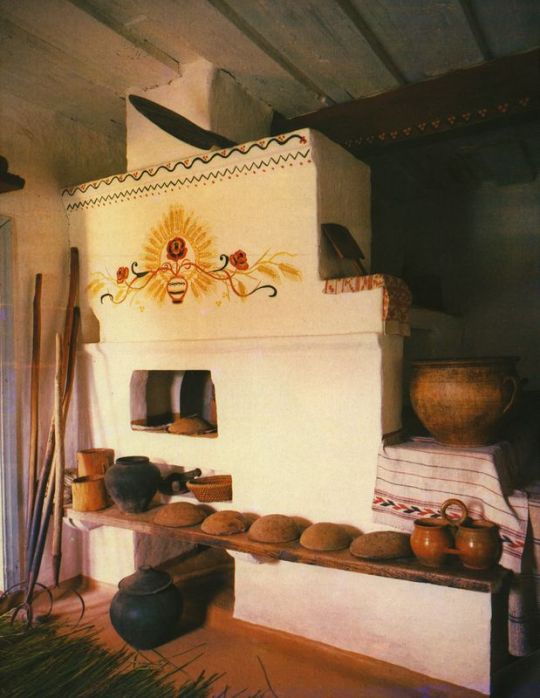

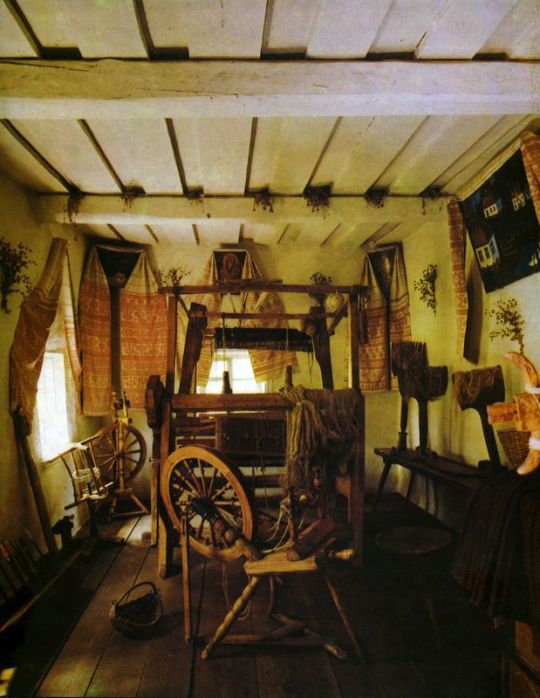
Interiors of Ukrainian traditional residential buildings from central parts of Ukraine. Exhibits of the Museum of Folk Architecture in Pereyaslav-Khmelnytsky on the pages of the album "Treasures of our memory" (1993)
#culture#world culture#architecture#world architecture#rural architecture#wooden architecture#museum#eastern europe#folk culture#pereyaslav-khmelnytsky#folk aesthetic#ethnography#ethnology#photography#український tumblr#український тамблер#interiors#cottage
621 notes
·
View notes
Text
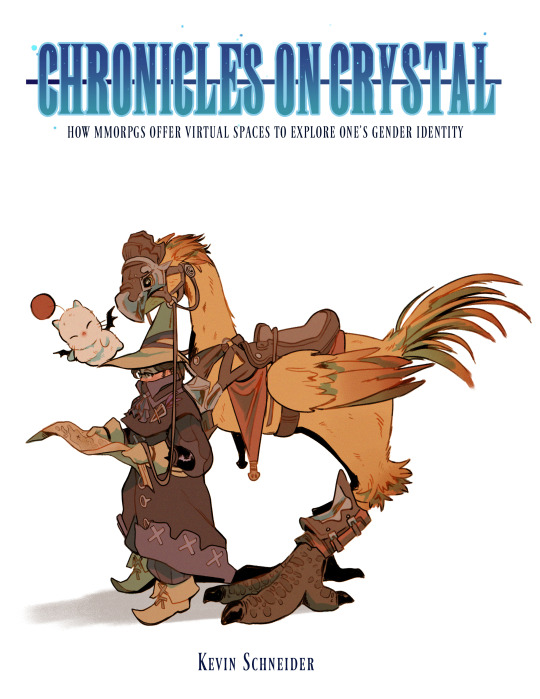


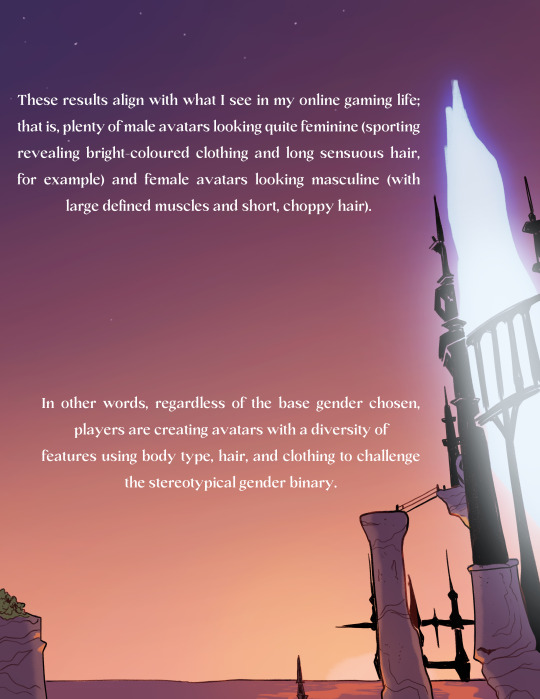



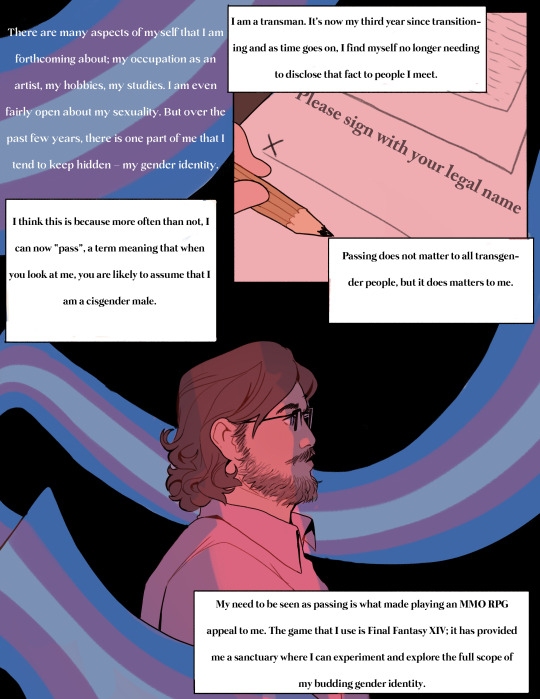



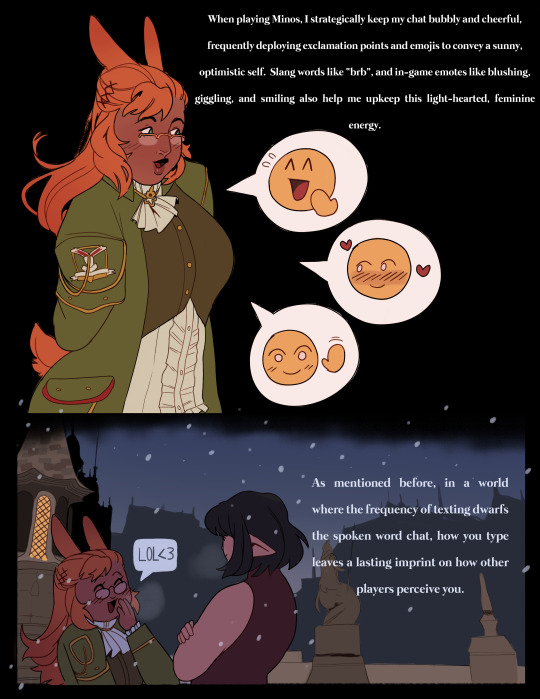
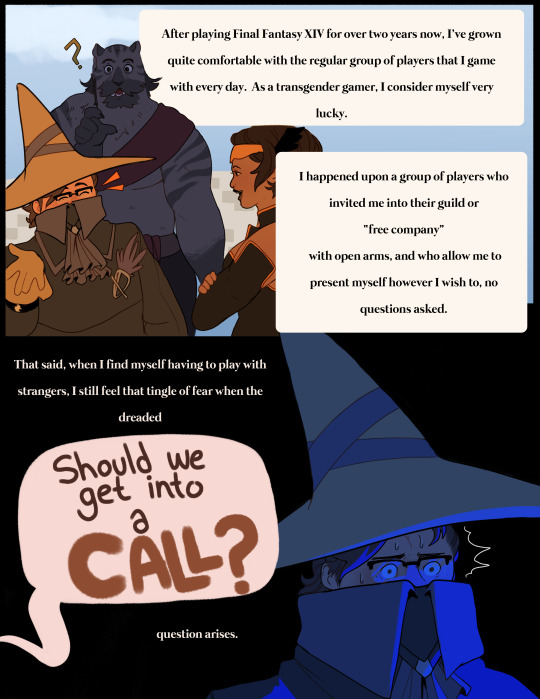
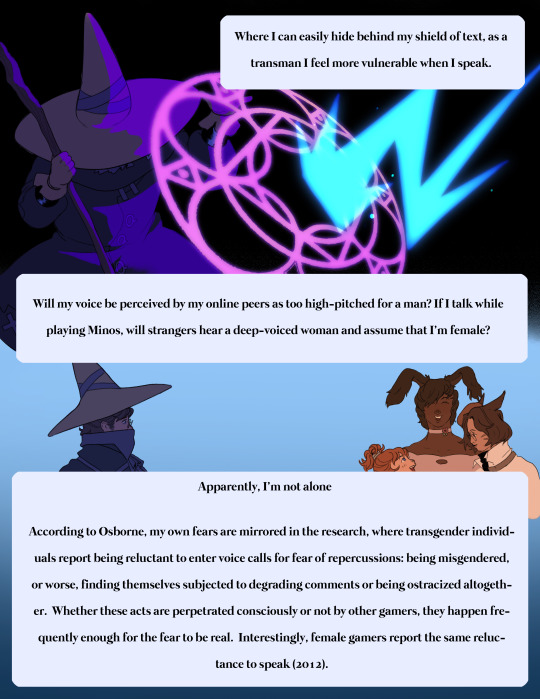

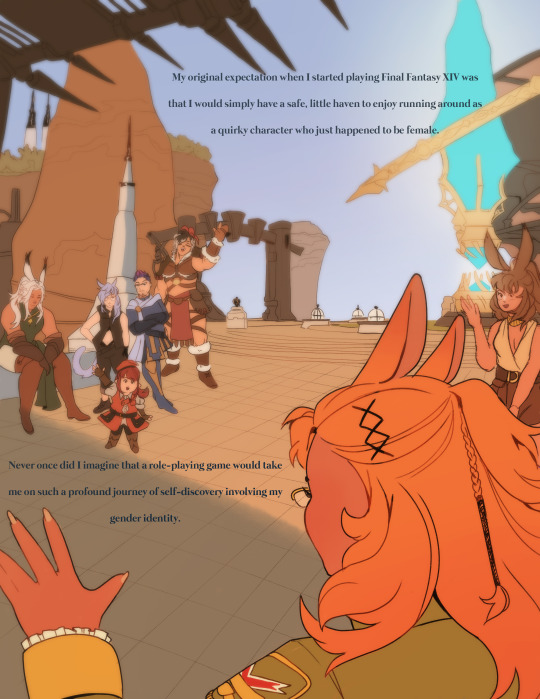

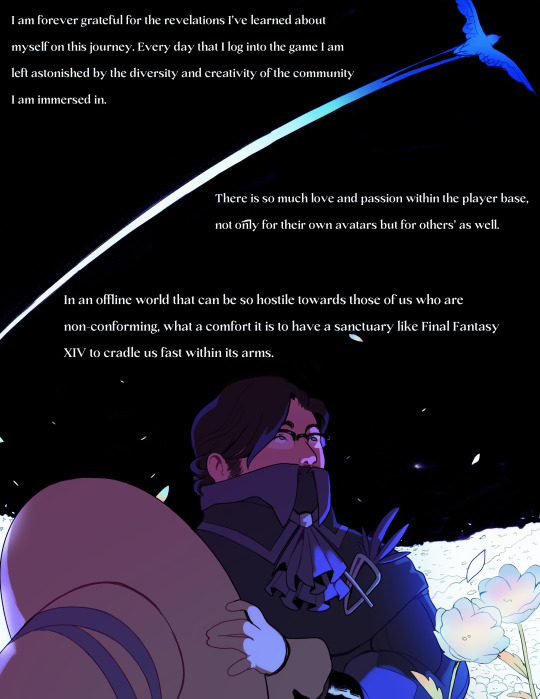
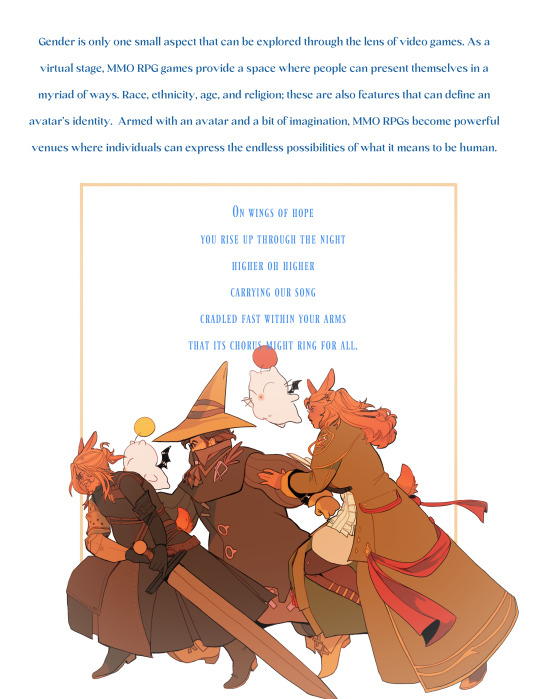

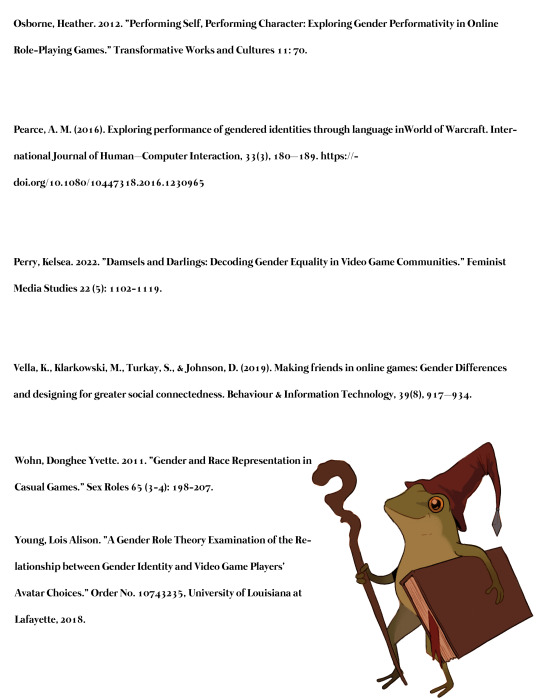
I created a small graphic novel to present my research and self ethnography about gender identity and MMORPGs! This was 2 years of research in the making, and I poured my whole heart into it
#FFXIV#final fantasy xiv#ethnography#please give it a read and share if you can!! i poured so much of my love and life into this project for the past 2 years#and i aint even done yet!! I'm continuing this research going into the next few months!
1K notes
·
View notes
Text



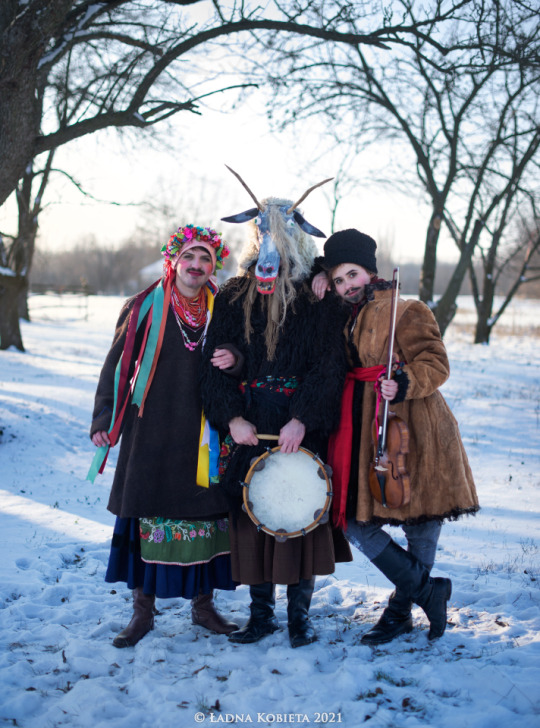

traditional cross-dressing on ukrainian malanka holiday. the woman is dressed as vasyl (folk adaptation of st. basil) and the man is dressed as malanka (folk adaptation of st. melania).
during this holiday, ukrainians honor the ancestral spirits and imitate them by dressing as animals and opposite genders, since it is believed that the otherworld blurs the line between male and female, as well as between man and beast.
photographed by anna senik (ładna kobieta)
#ukrainian folklore#ukrainian culture#folk christianity#ancestral veneration#ancestral worship#slavic folklore#ukraine#ethnography#malanka
4K notes
·
View notes
Photo

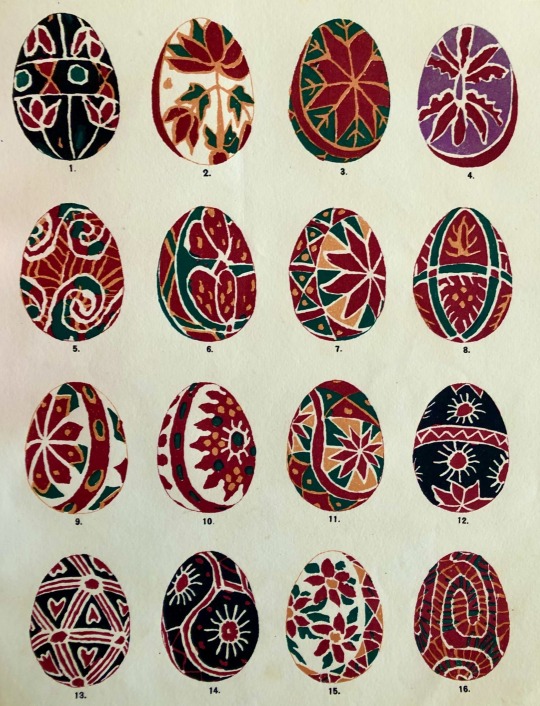
Ukrainian traditional Easter eggs Pysanka from The Description of the Folk Pysanka Collection by S.Kulzhynsky, 1899
The collection described in the book was given to the museum in Poltava by the Ukrainian noblewoman, philanthropist, and collector Kateryna Skarzhynska.
#Kateryna Skarzhynska#easter egg#pysanka#easter#Ukrainian Easter#The Description of the Folk Pysanka Collection#Ukrainian art#vintage book illustration#vintage books#Ukrainian book#1890s#ethnography#S.Kulzhynsky
1K notes
·
View notes
Text
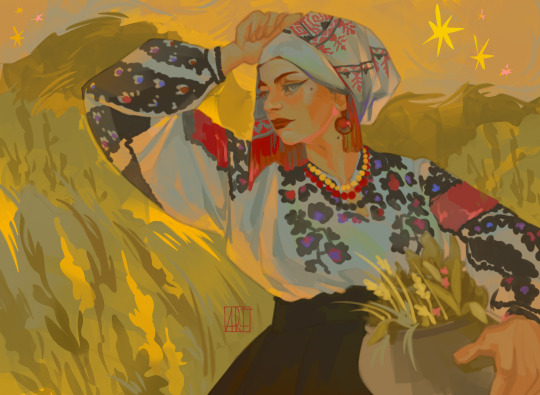
♥ Commissions info
♥ My gallery
♥ My twitter
♥ Support me on Patreon
491 notes
·
View notes
Text




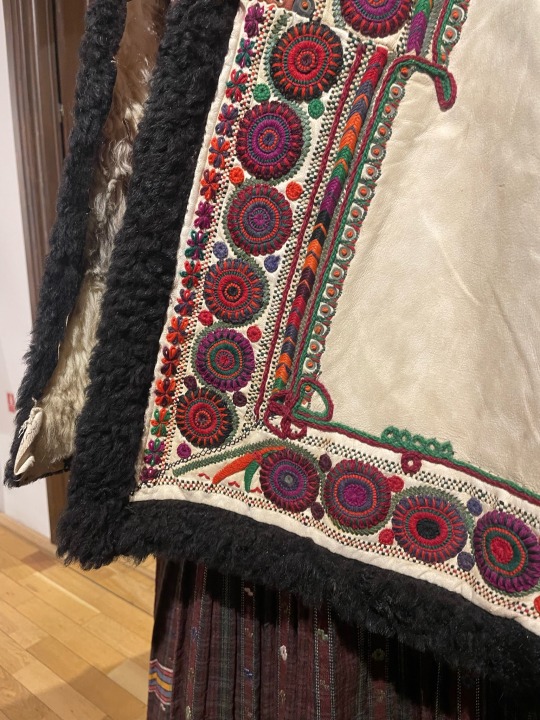
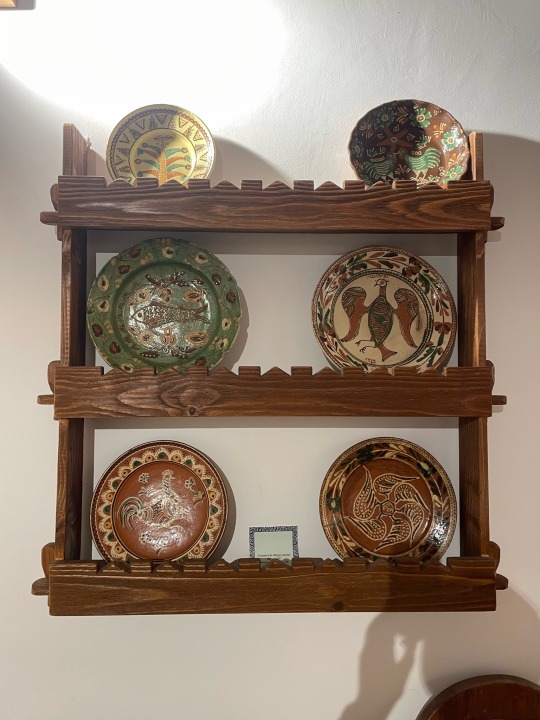

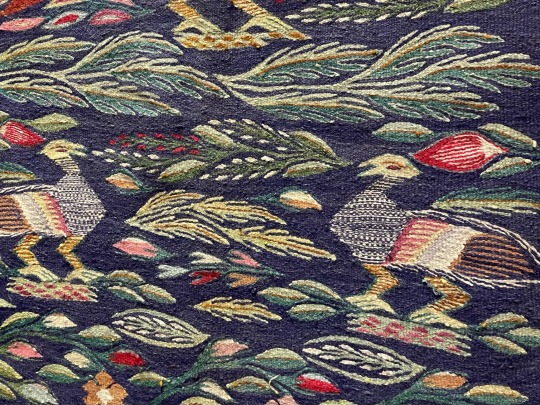


Good afternoon from Casa Băniei, Craiova
195 notes
·
View notes
Photo
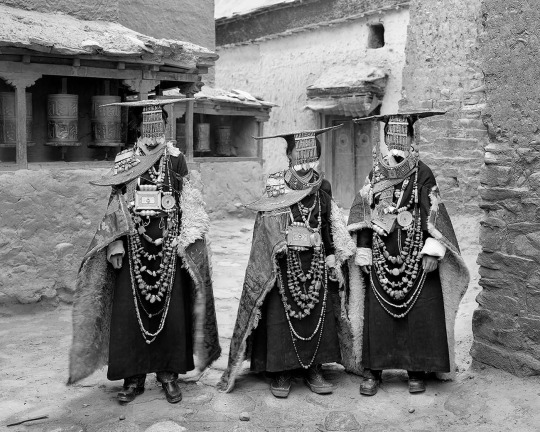
Feng Jianguo. Women in splendid attires. Burang, Ngari, Xizang. 2003.
I Am Collective Memories • Follow me, — says Visual Ratatosk
#BW#Black and White#Preto e Branco#Noir et Blanc#黒と白#Schwarzweiß#Feng Jianguo#Burang#Ngari#Xizang#2003#2000s#China#ethnography#fashion
115 notes
·
View notes
Text


Scarecrow exhibition, Tihany Ethnographic Museum, 1978. From the Budapest Municipal Photography Company archive.
89 notes
·
View notes
Text
And... almost!
For a castell to be successful, the group has to be able to go up and come down without falling. There is usually applause when they crown the castell, but the big clapping and cheering is when all members are back on the ground.
It's not unusual to see castellers fall every so often. Don't worry too much, it's less dramatic than it looks like. Notice how the structure collapses on itself, never falling to the sides. The bottom people act as a pillow for those on top, that's why everyone at the bottom always knows to keep their head looking down, to avoid being hurt if the tower falls on them.
Video by Josep Torrenyo. Colla: Castellers de Vilafranca.
#castellers#tradicions#catalunya#vilafranca#cultures#catalonia#culture#catalan#human towers#castells#travel#europe#anthropology#ethnography#wanderlust
164 notes
·
View notes
Text
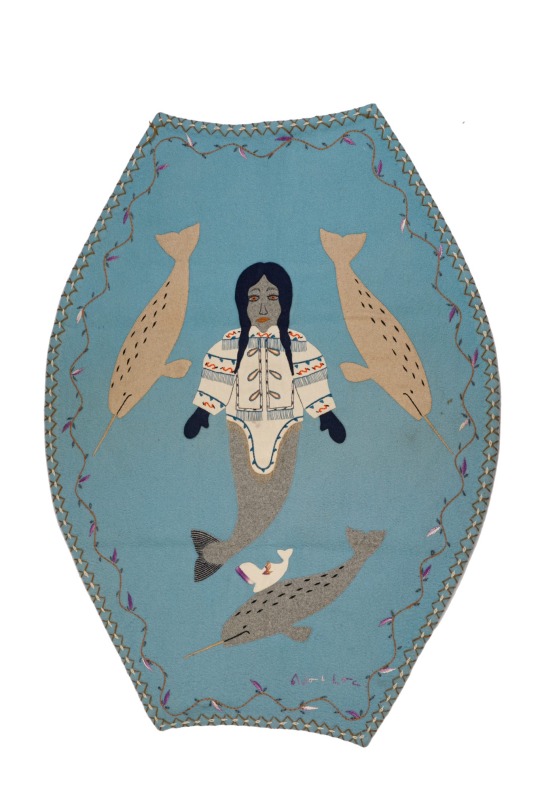
VERONICA KADJUAK MANILAK (1935-) KANGIQLINIQ (RANKIN INLET)
UNTITLED WALLHANGING (SEDNA, WHALES, AND LUMAQ), 1980S
stroud, felt, thread, and floss, 40 x 30.75 in (101.6 x 78.1 cm)
signed "ᕕᒍᓂᒃ / ᒪᓂᓚ."
First Arts
905 notes
·
View notes
Text
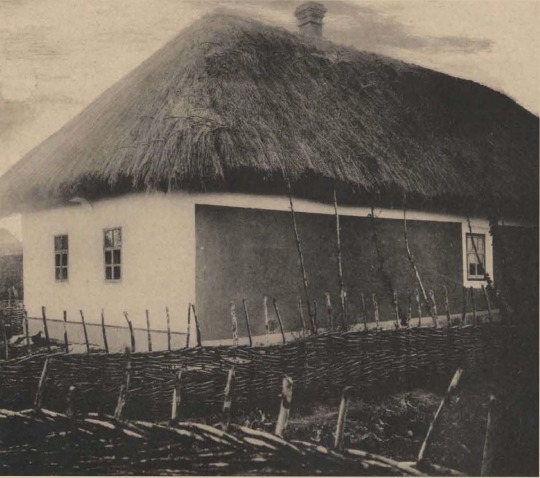


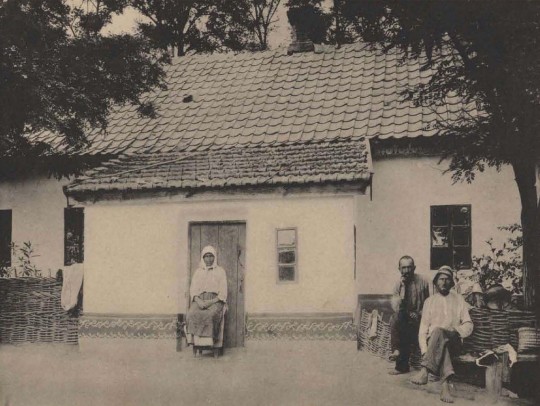
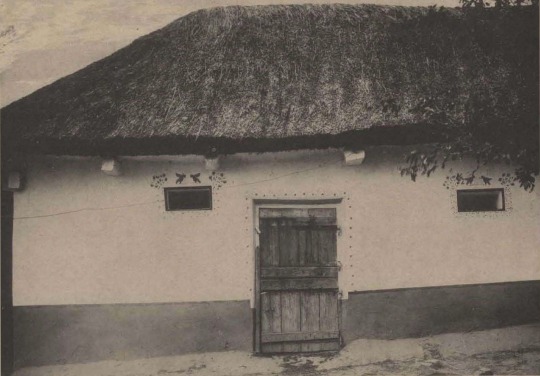



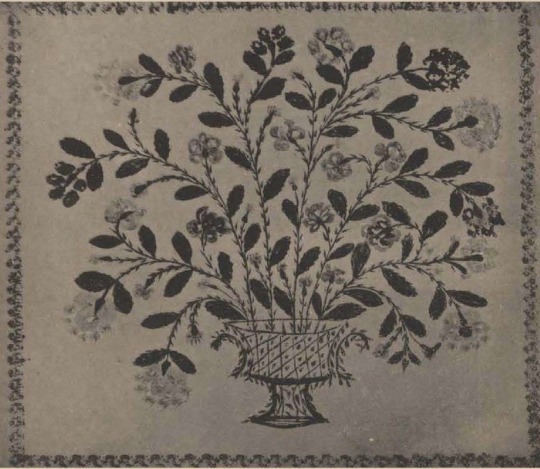





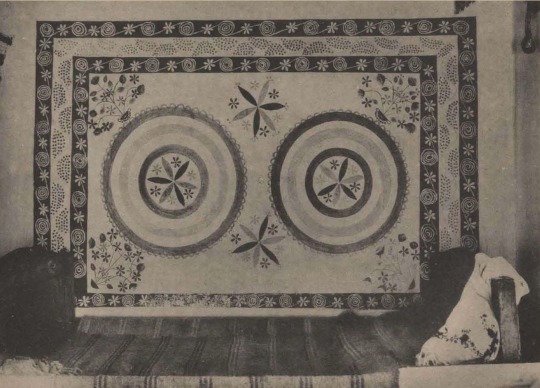

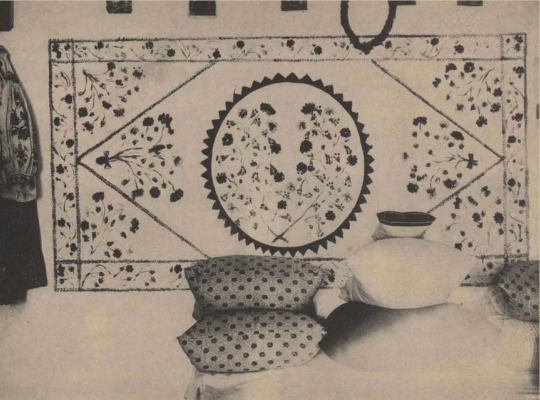

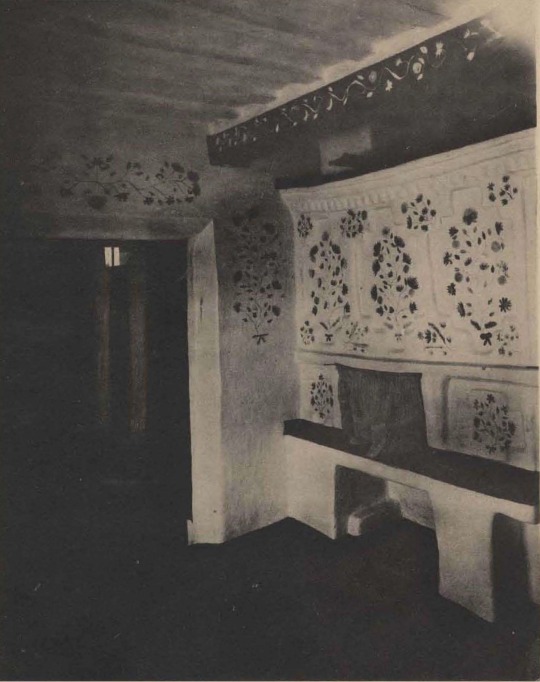
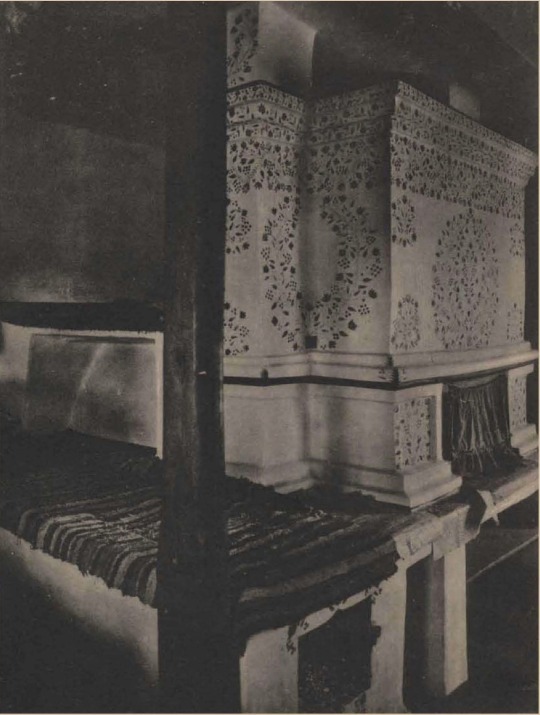
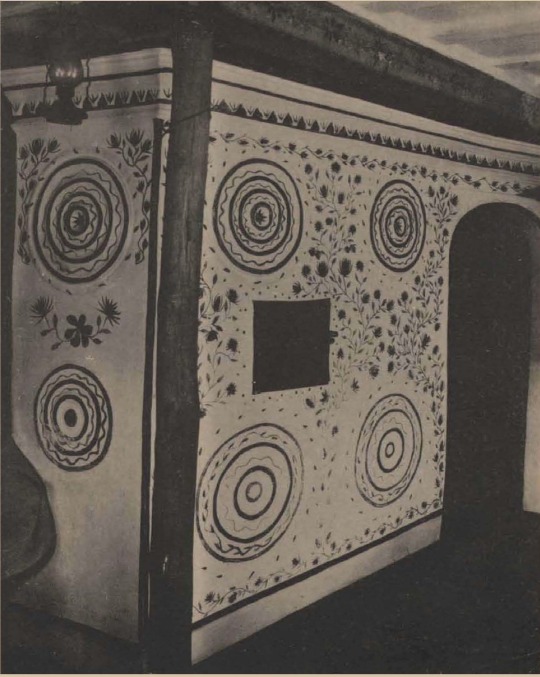

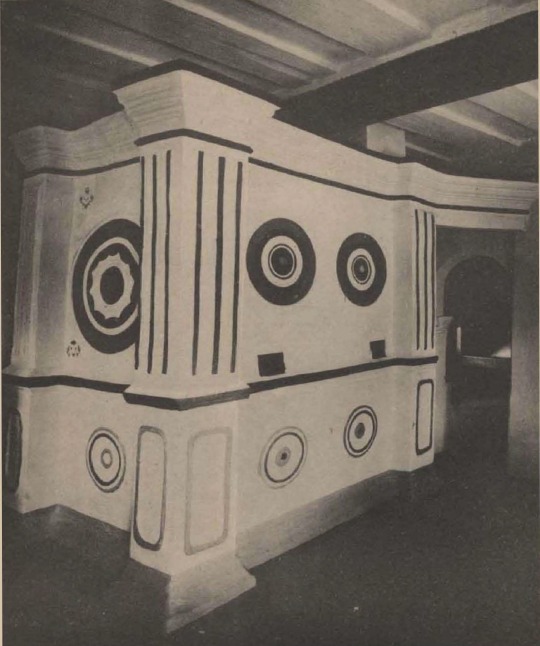

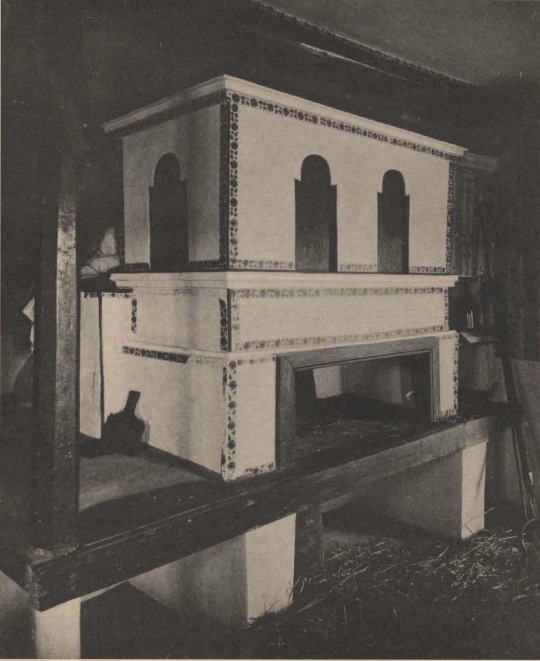

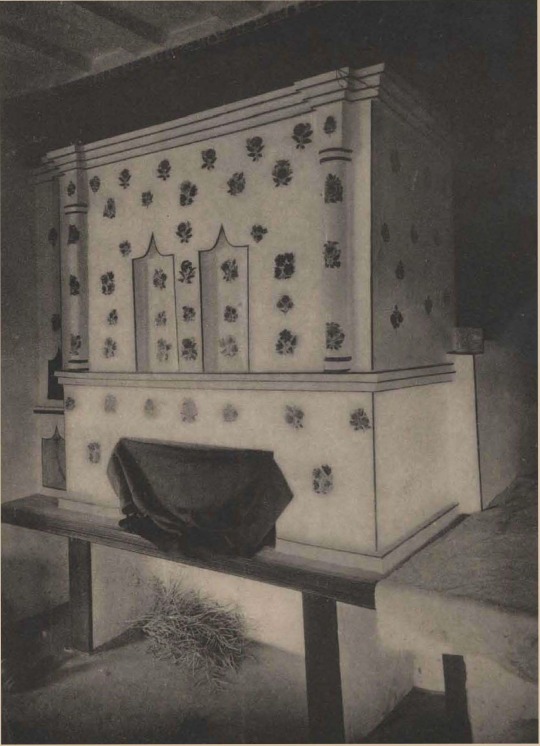

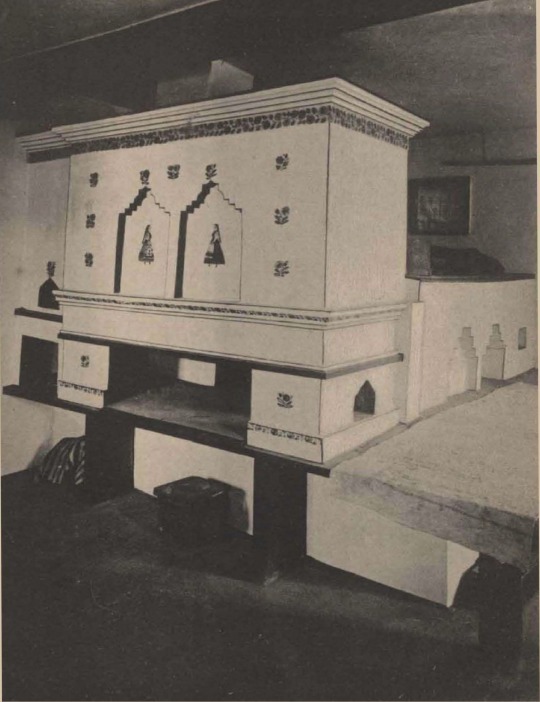

Wall and fireplace paintings in interior and exterior design of Ukrainian rural cottages from Dnipro, Kryvyi Rih and Kremenchuk areas, 1924-1928.
The book (where the main text is ukrainian, but attribution of photos you may see also in German) is here : https://uartlib.org/istoriya-ukrayinskogo-mistetstva/yevgeniya-berchenko-nastinne-malyuvannya-ukrayinskih-hat-ta-gospodarskih-budivel-pri-nih-dnipropetrovshhina/
#culture#world culture#traditional culture#interiors#cottage aesthetic#cottagestyle#retro#photography#vintage#ukraine#eastern europe#wall decor#wall drawing#home decor#ukrainian#cultural anthropology#ethnography#ethnology#folk culture#folk style#український tumblr#art#architecture
351 notes
·
View notes
Photo


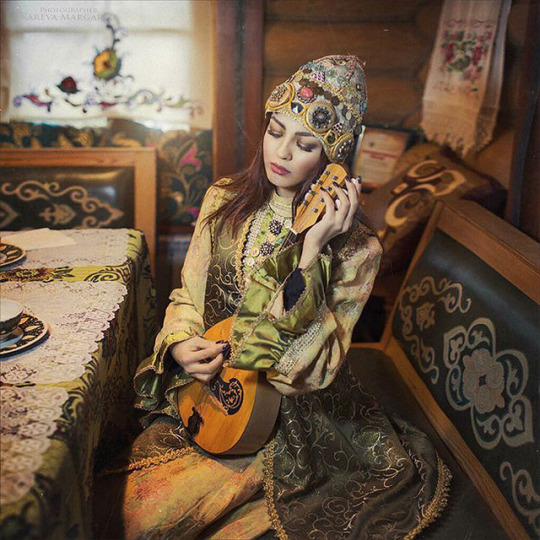

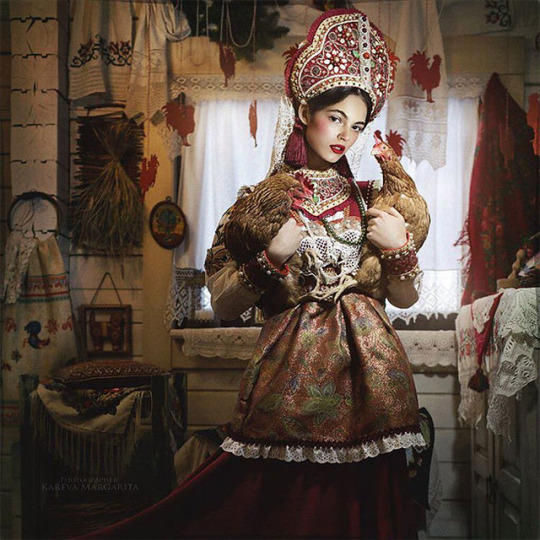
Photographer: Margarita Kareva
94 notes
·
View notes
Text

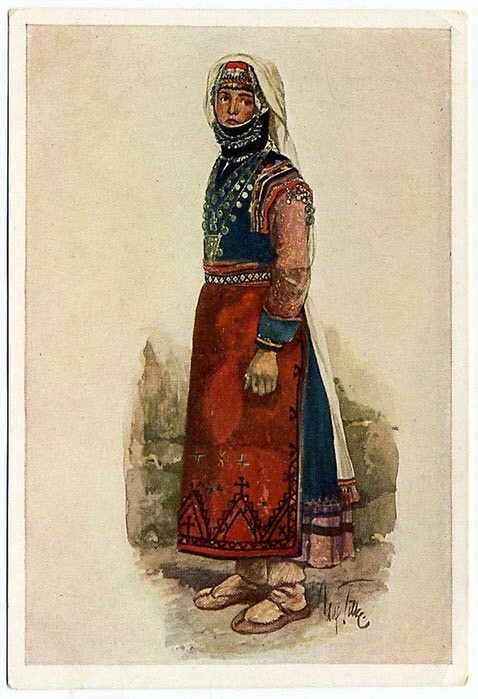


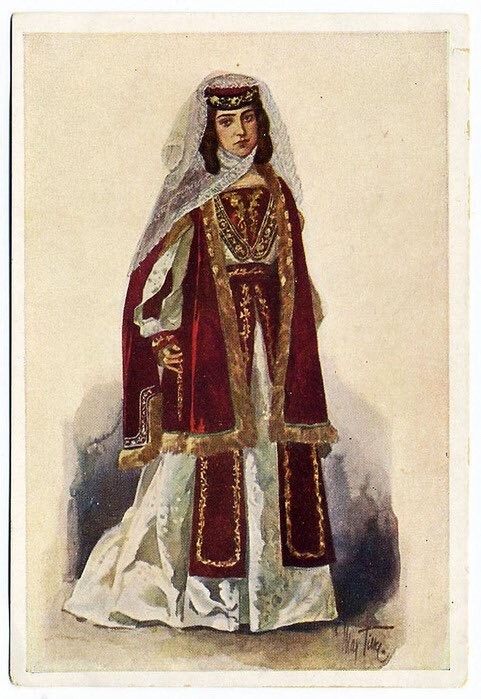


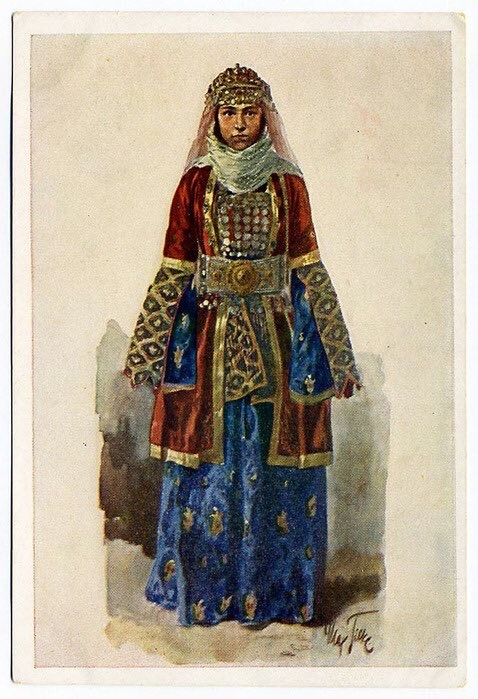

Ethnographic drawings of women by Max Tilke (1910).
Andi woman from Dagestan
Pontic Greek woman from Tsalka, Georgia
Udi woman from Nukha (Sakhi), Azerbaijan
Qarapapaq woman from Azerbaijan
Kartlian woman from Kartli, Georgia
Ingiloy woman from Saingilo, Azerbaijan
Georgian woman from Javakheti, Georgia
Avar woman from Dagestan
Azeri woman from Borchalo, Georgia
#ethnography#illustration#caucasus#traditional clothing#folk costume#folk clothing#ethnic dress#mine
69 notes
·
View notes
Photo
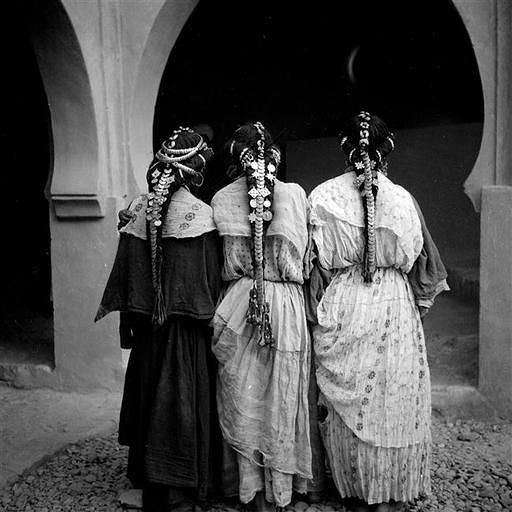
“Harratine women of the ziza valley” Errachidia, high atlas, Morocco | CA. 1934-1935 | © Jean Besancenot.
#Jean Besancenot#Harratine women#Morocco#North African#1934-1935#photographic portraiture#ethnography#ethnology
968 notes
·
View notes